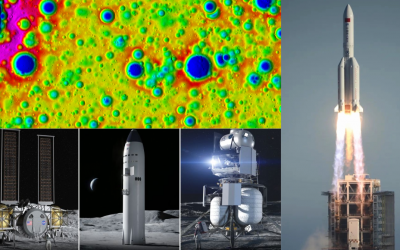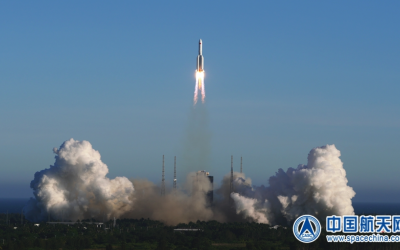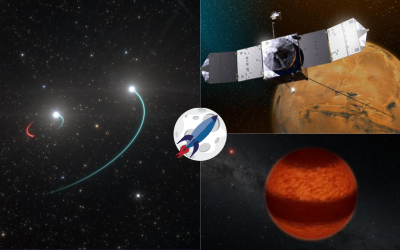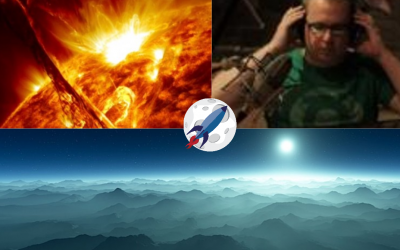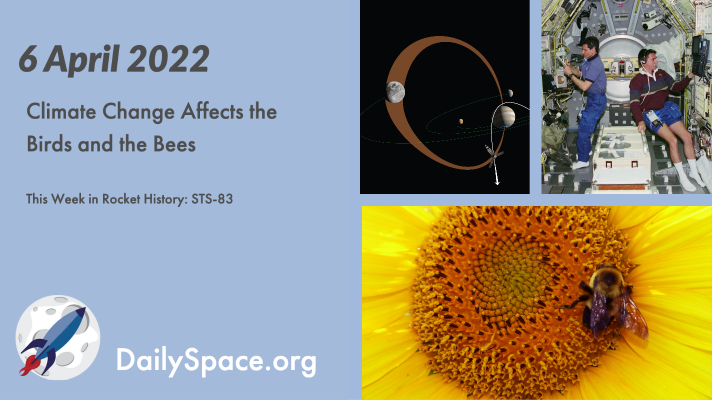
Climate Change Affects the Birds and the Bees
From plastics invading the Arctic Ocean to the changing morphology of birds in response to rising temperatures and the problems with pathogens killing off pollinators like bees, we examine some of the effects of climate change on Earth’s ecosystems. Plus, Ganymede, moonlight, solar cells, and this week in rocket history, we look back at STS-83.
Catch us on NowMedia TV
Saturday 11pm Central / midnight Eastern
Sunday 10pm Central / 11pm Eastern
Watch live on these stations: Houston 21.10, Atlanta 22.10
or tune-in on Apple TV, Roku, YouTube Live, or Amazon Prime
Impacts shock Cubic Zirconia on the Moon; Mars will Kill Earth Life; & Black Hole Jet Warps Galactic Bridge
X-Shaped Radio Galaxies; All-Color Jupiter; & Comet SWAN Shines
SpaceX get’s their rocket test on; Artemis update; & Guest Dr Jim Richardson talks crater erosion
Rocket Roundup
Hidden black holes, Mars Magnetic field, banded brown dwarfs, & special guest Andreas Faisst
Today we take a tour of space and time. Our news carries us from a newly discovered black hole in the nearby universe, to magnetism on Mars, and even looks at how we are doing meteorology on nearby brown dwarf stars. We are also joined by CalTech scientist Andreas Faisst, who is the US lead principal investigator for ALPINE, a 70-hour program using ALMA to study the early universe.
Looking for life in White Dwarf Orbits, Our Sun’s Low Activity, & Guest David Joseph Wesley
It. Is. Friday. To celebrate, we are going to be joined by special guest Composer David Joseph Wesley. He is the composer of the Astronomy Cast theme song, and some of my favorite music to play without lyrics, including Music to Smuggle By. As a fan of science and science fiction, Dave’s work is often influenced by human and robotic space exploration, and today we’re going to be talking about his album tribute to the Cassini Mission. But before we do that, let’s take a quick run through the news. Today’s top stories include a look at how life theoretically could be found around White Dwarfs, and the discovery that our Sun is unusually sedate.


 We record most shows live, on Twitch. Follow us today to get alerts when we go live.
We record most shows live, on Twitch. Follow us today to get alerts when we go live.



